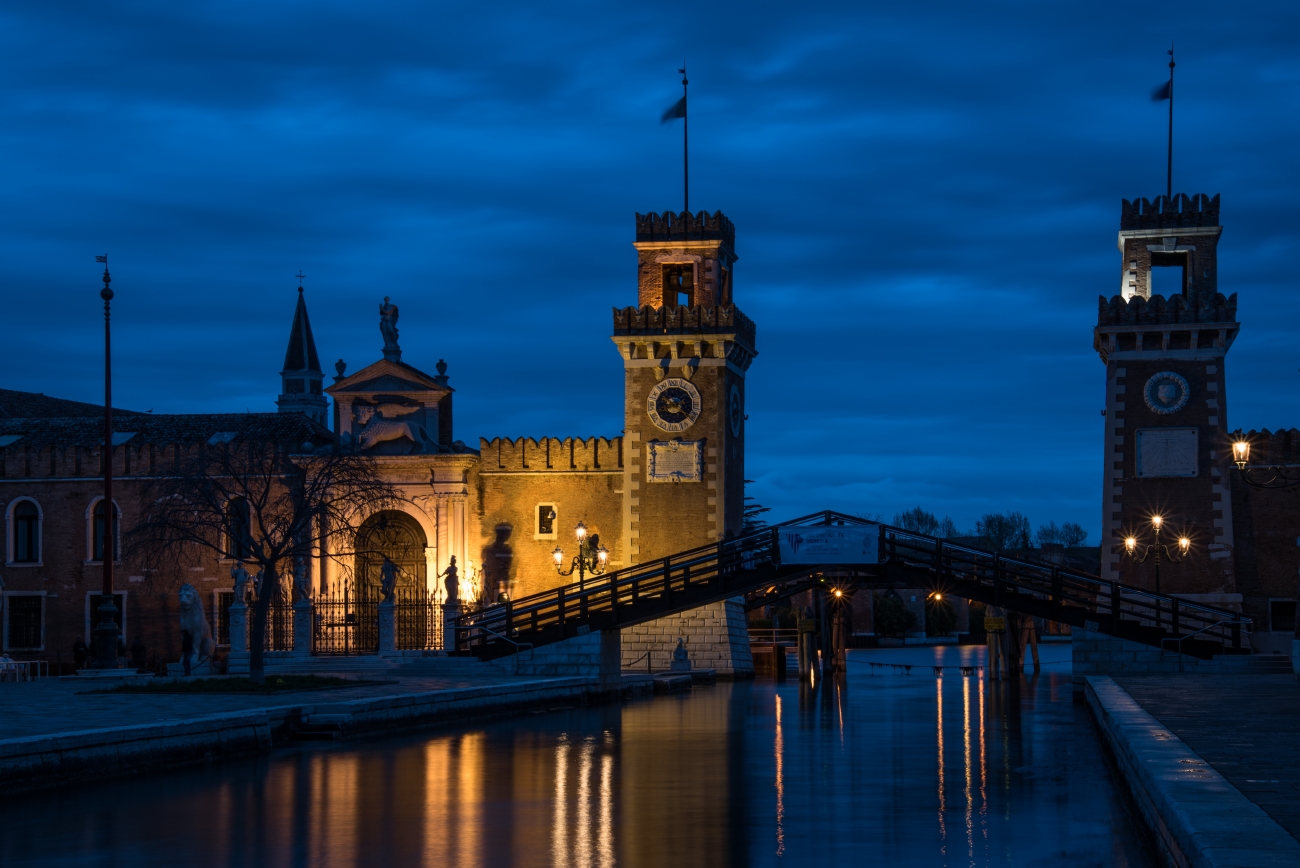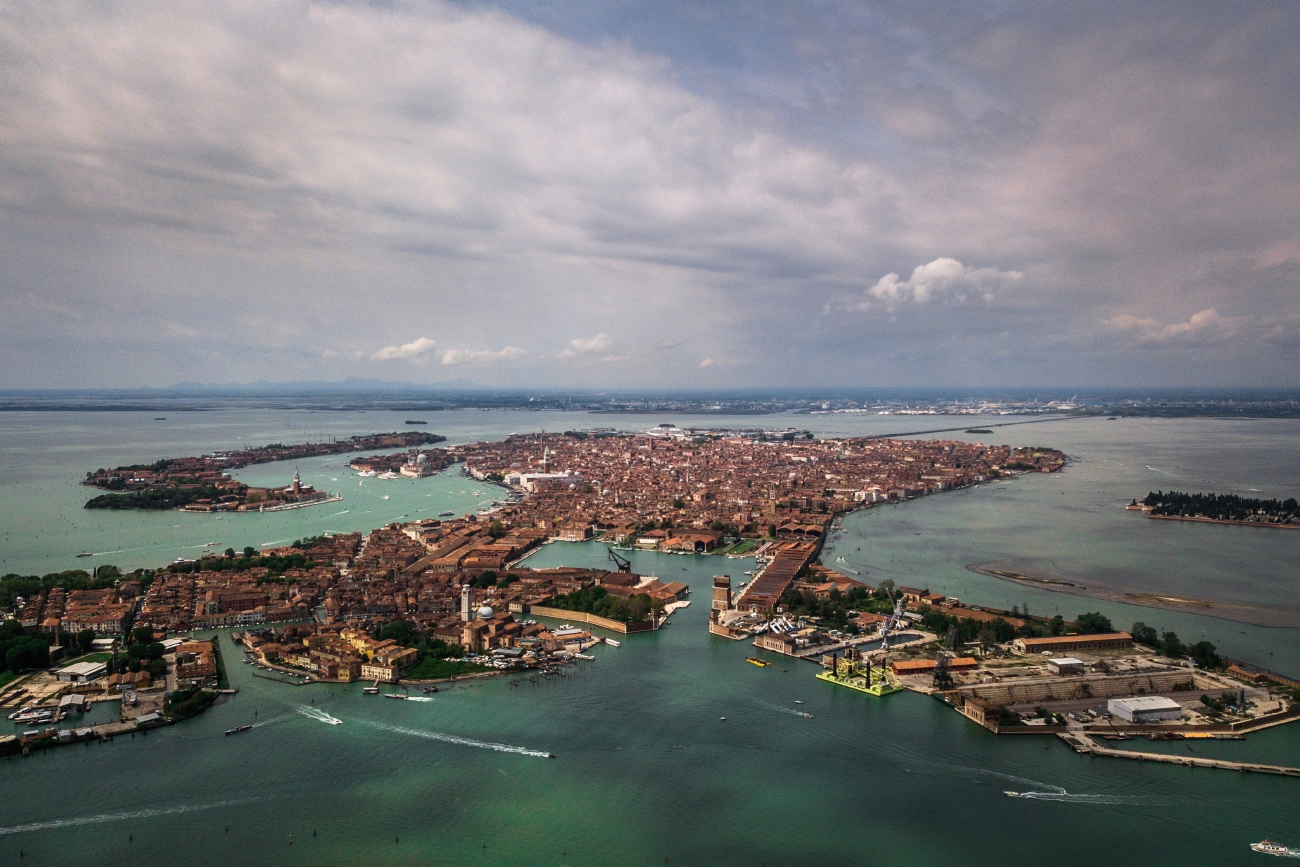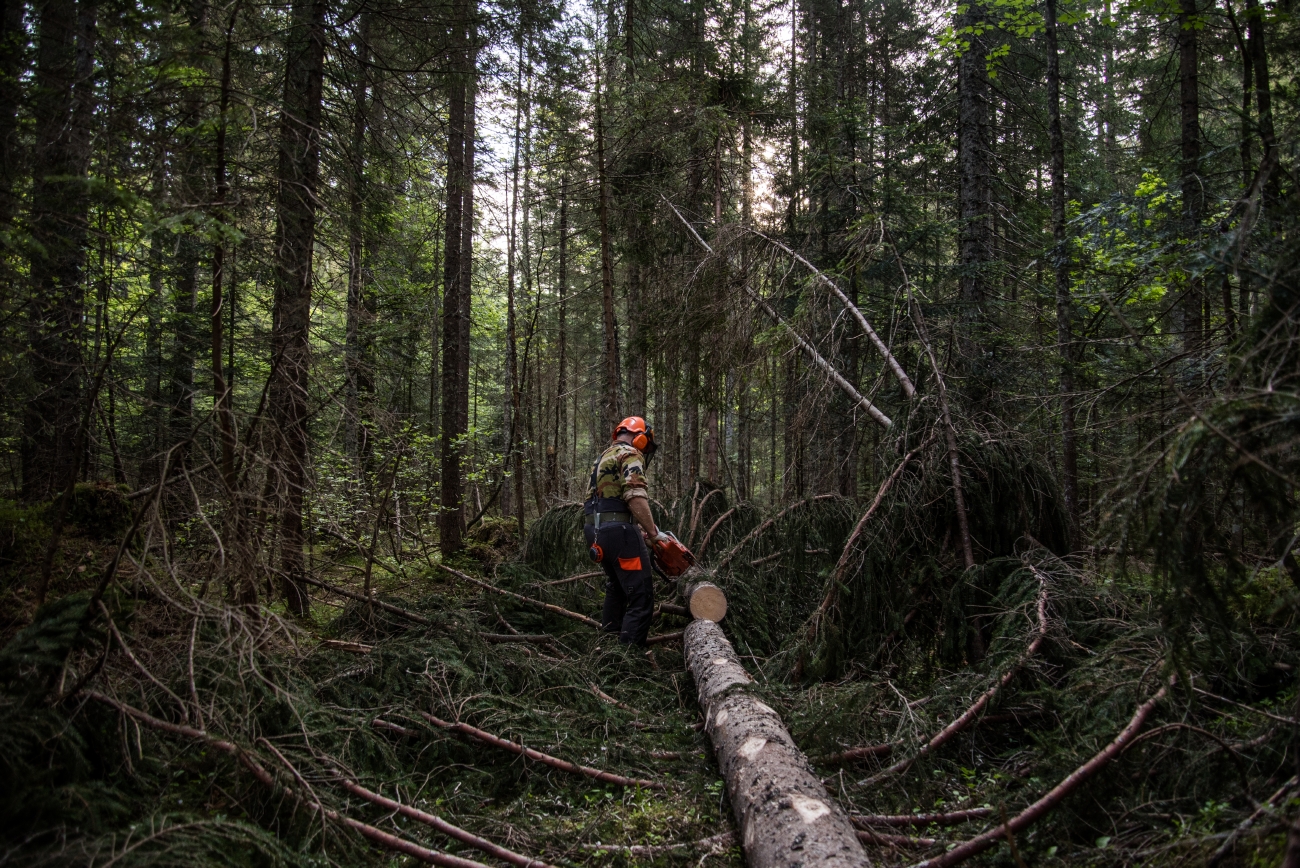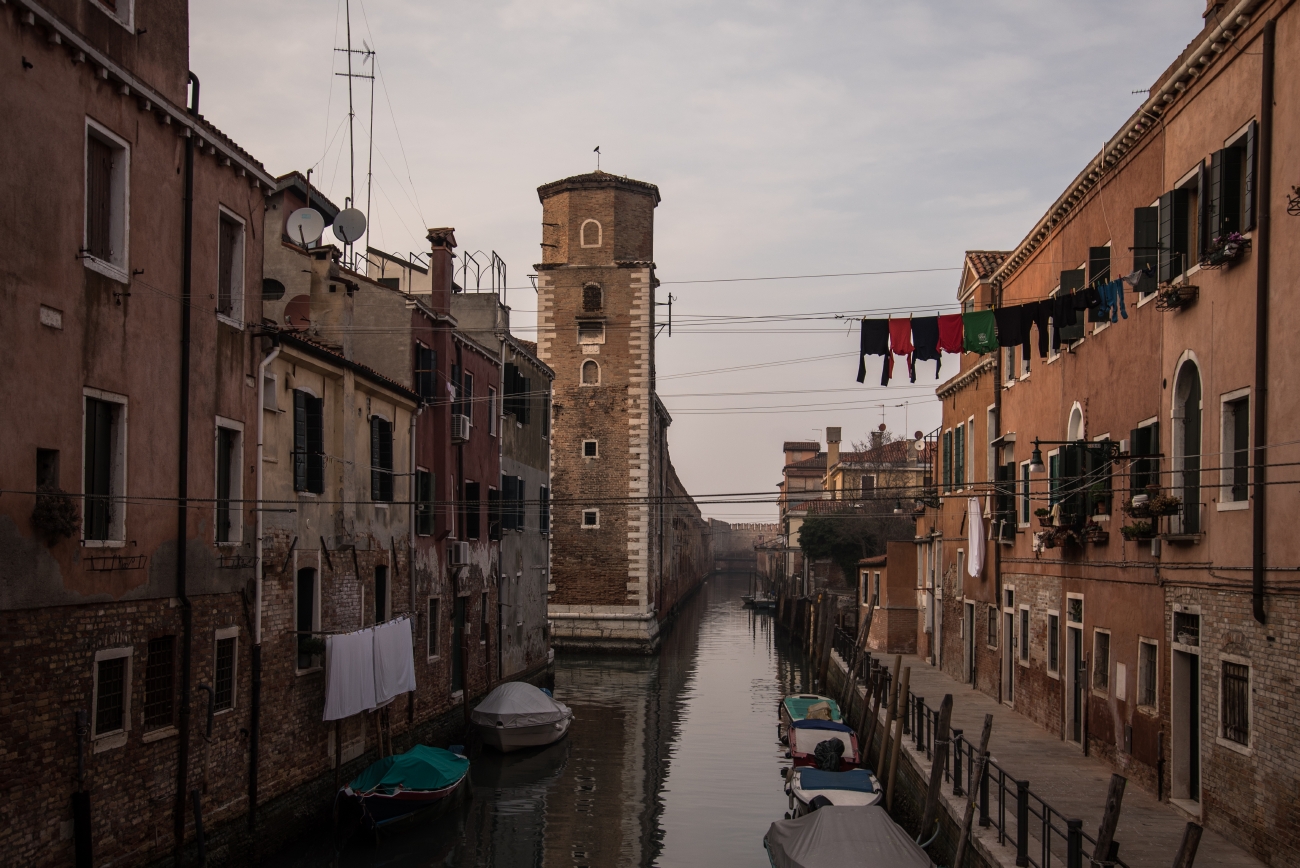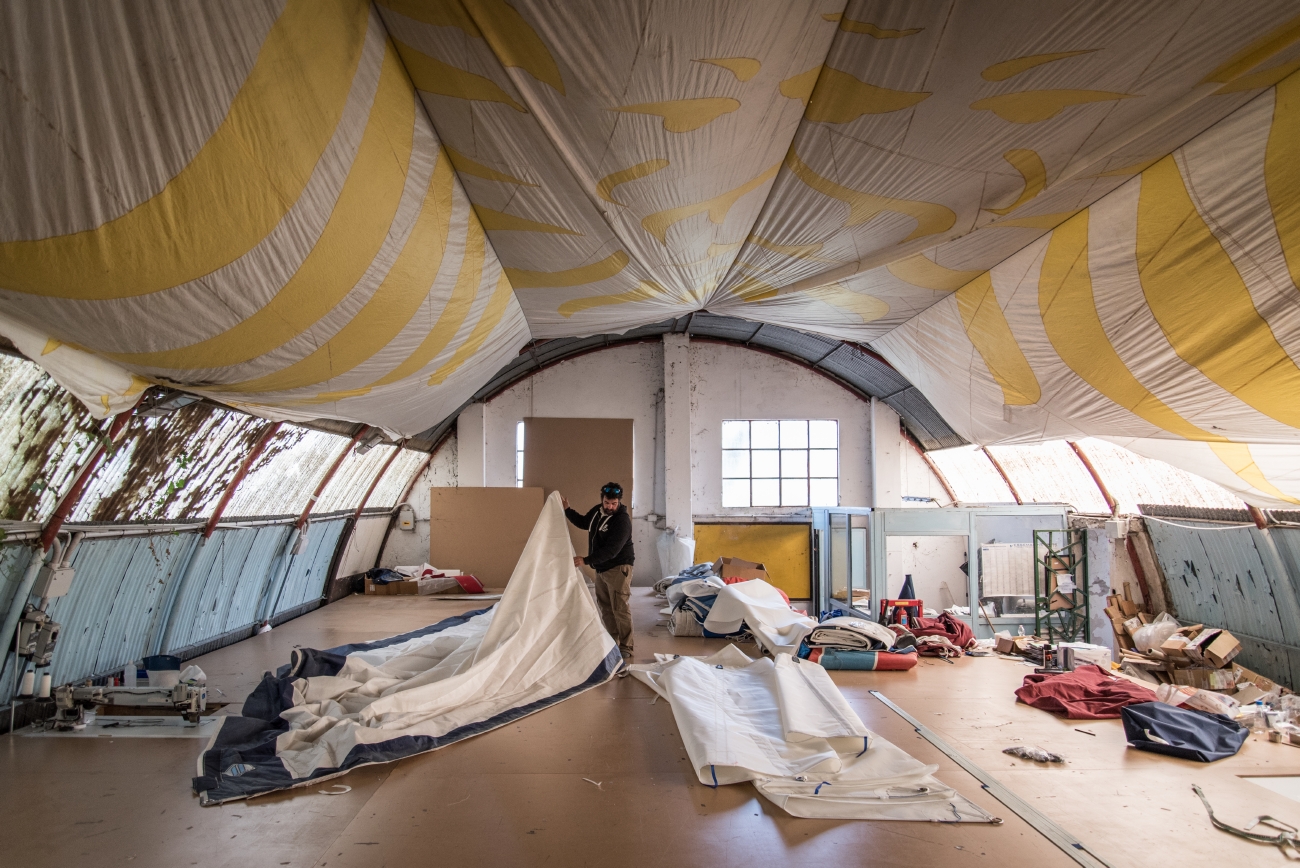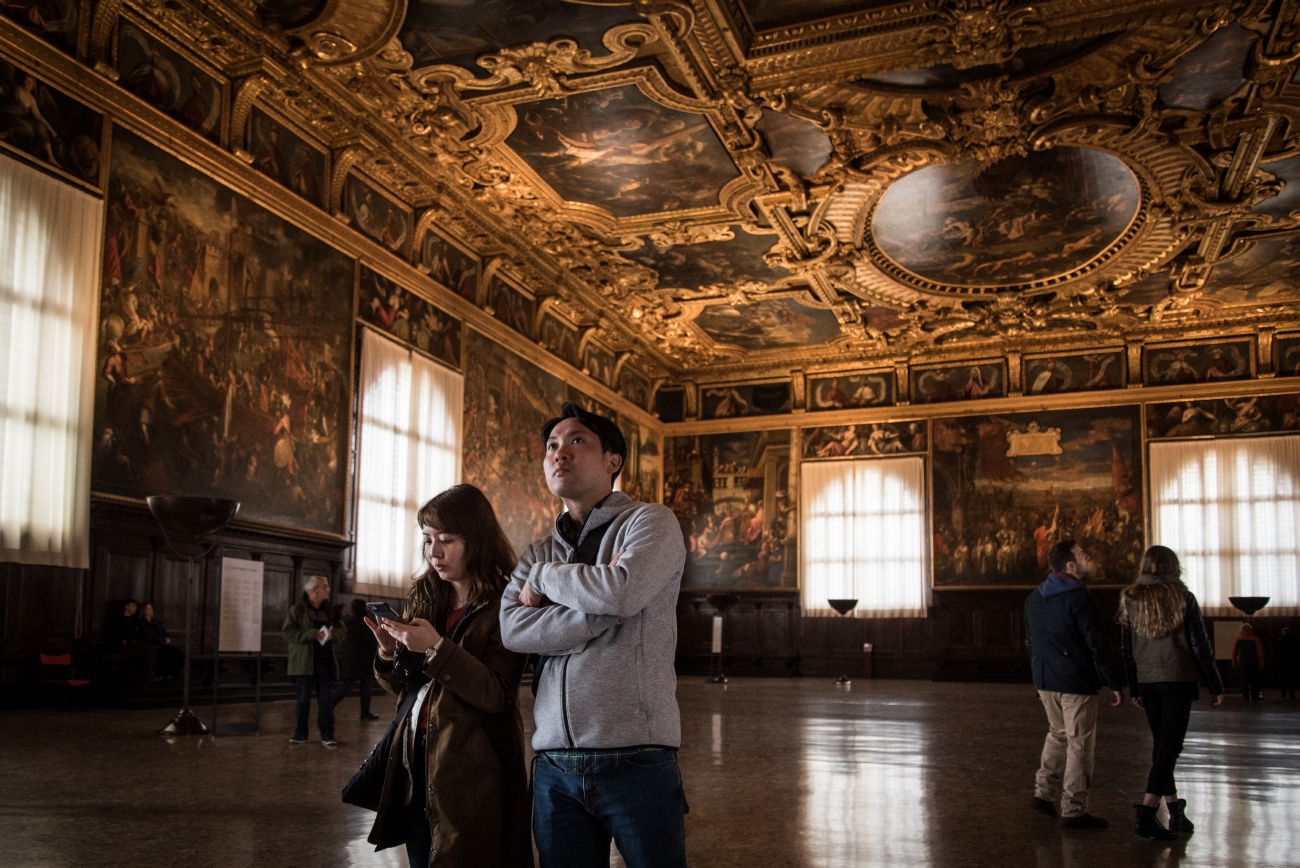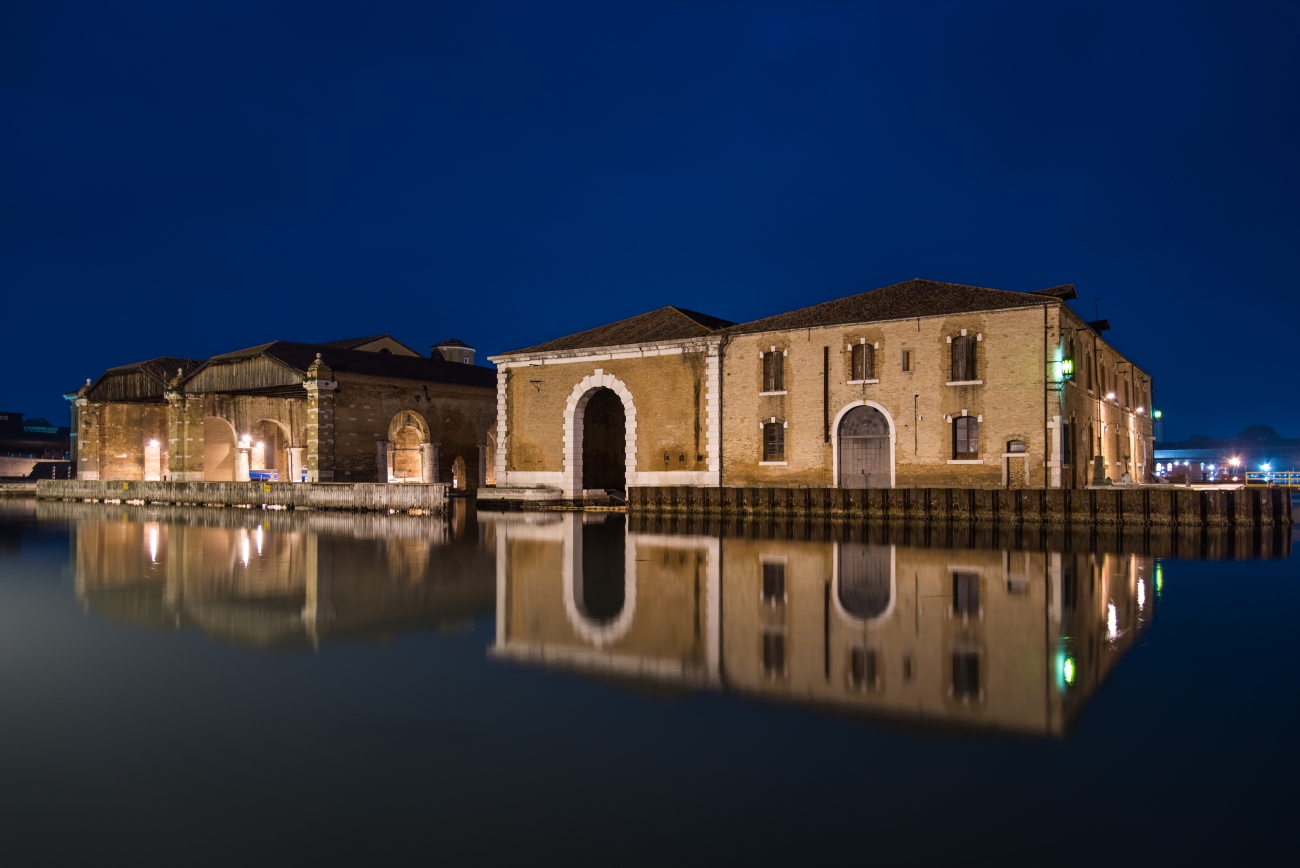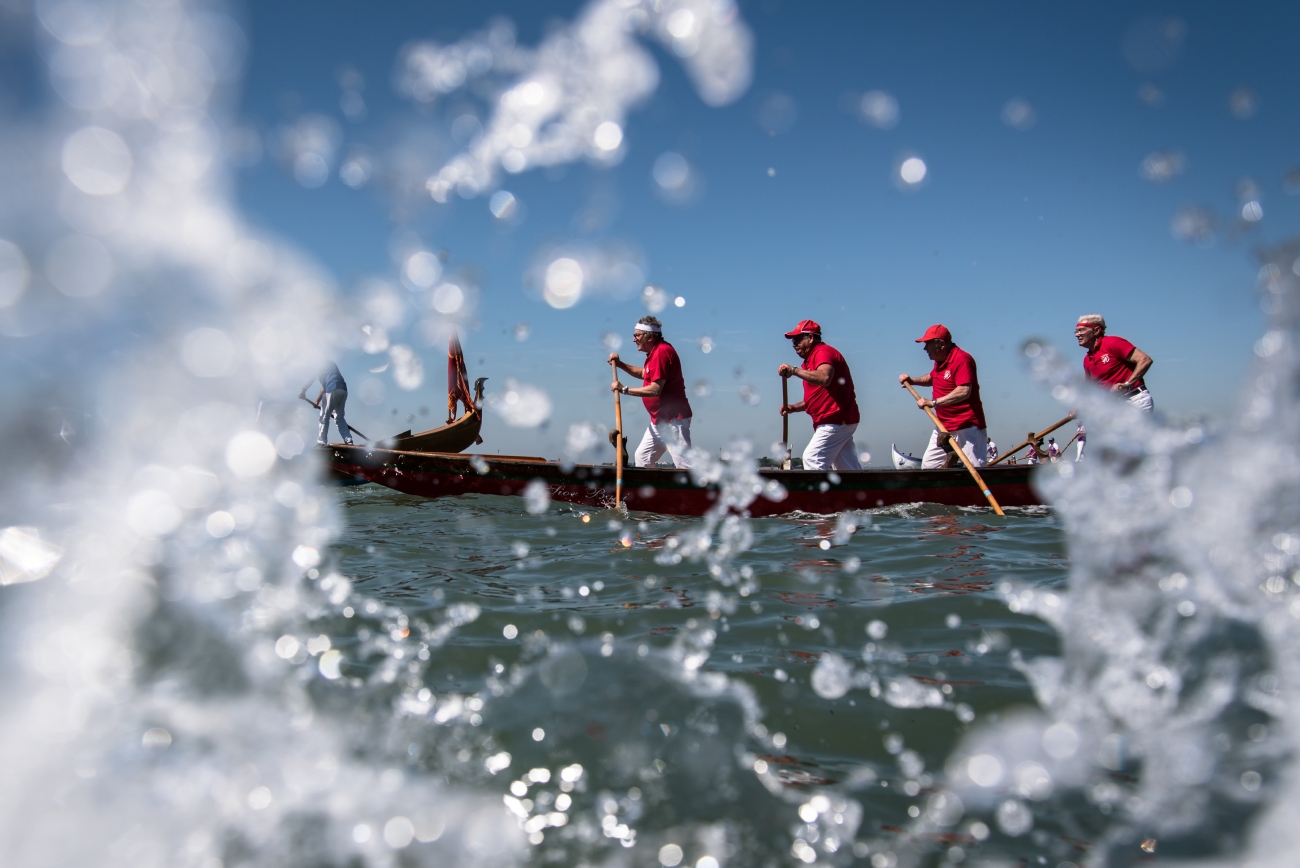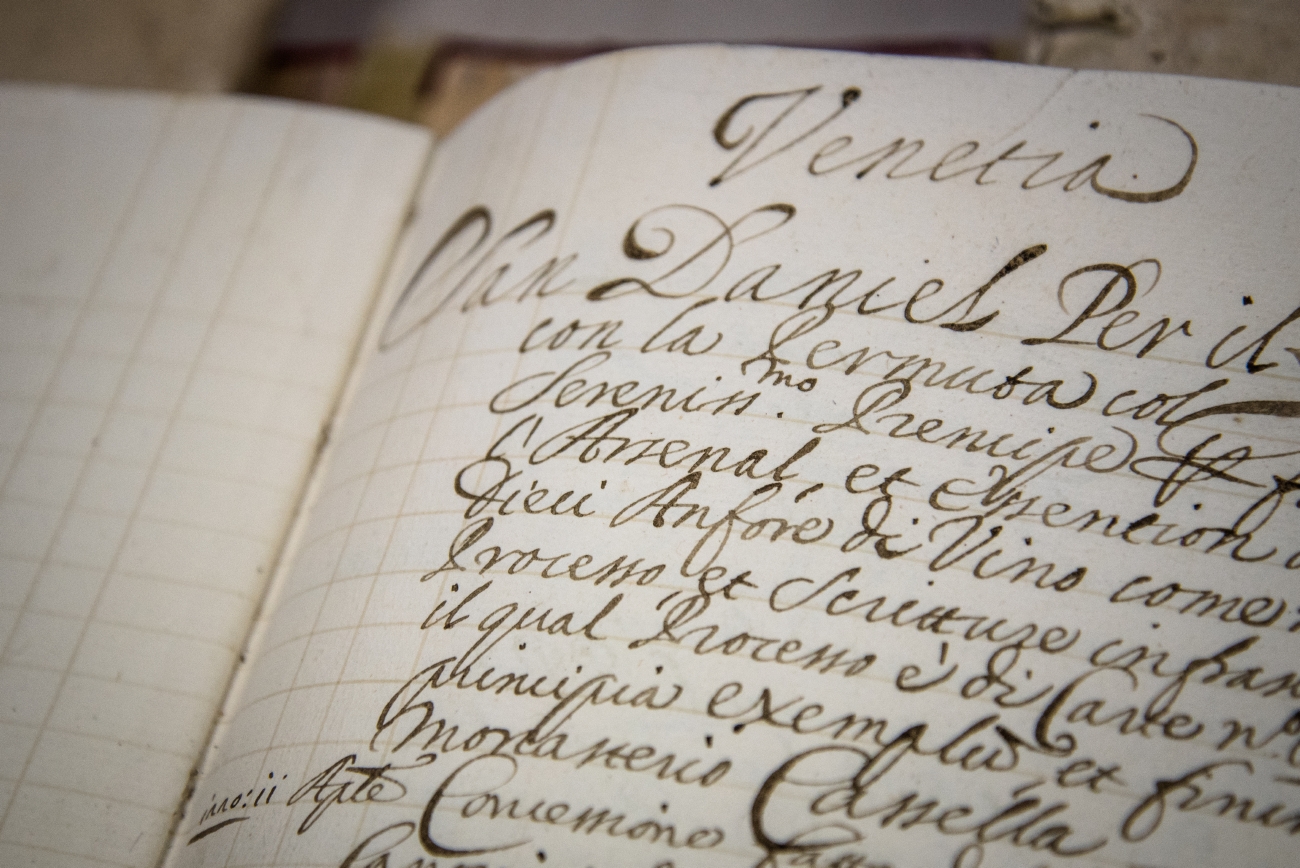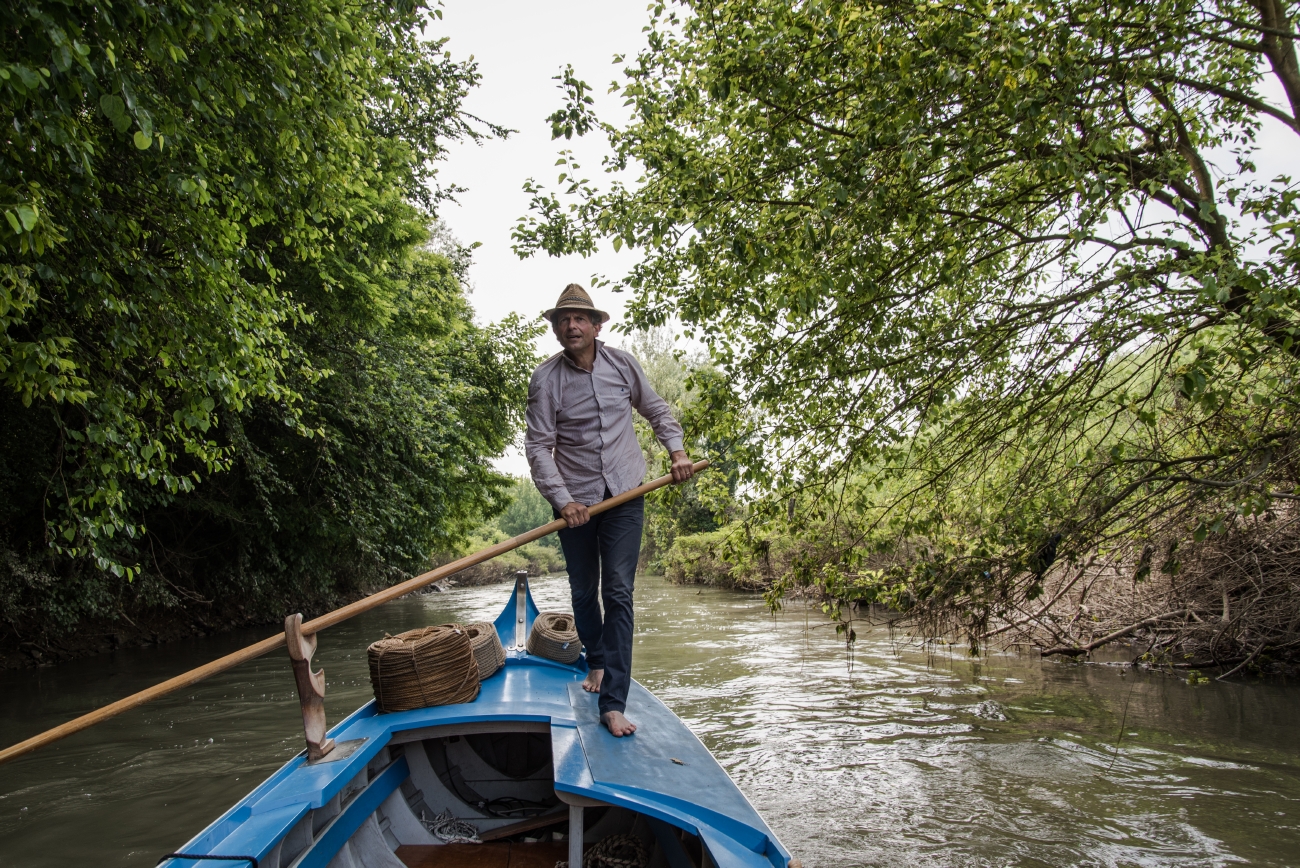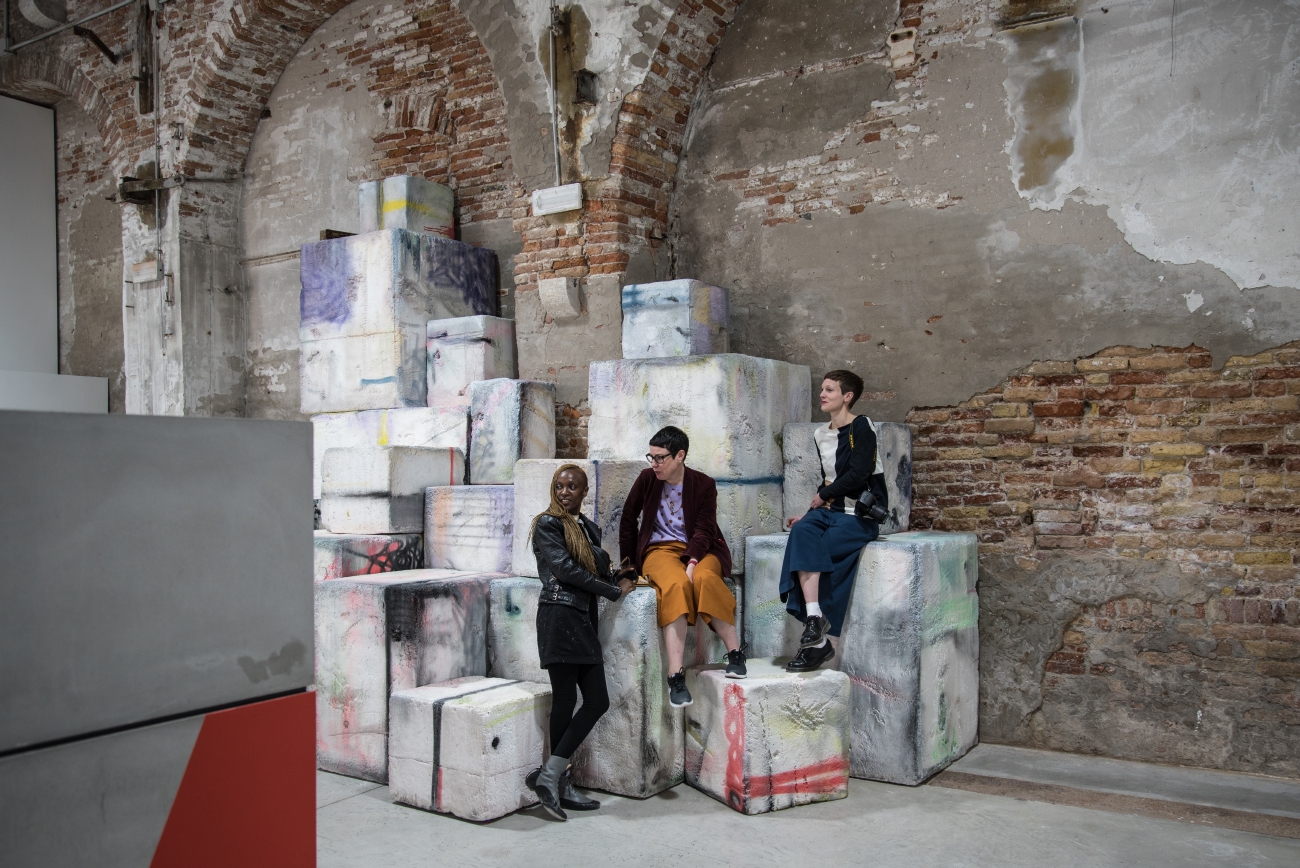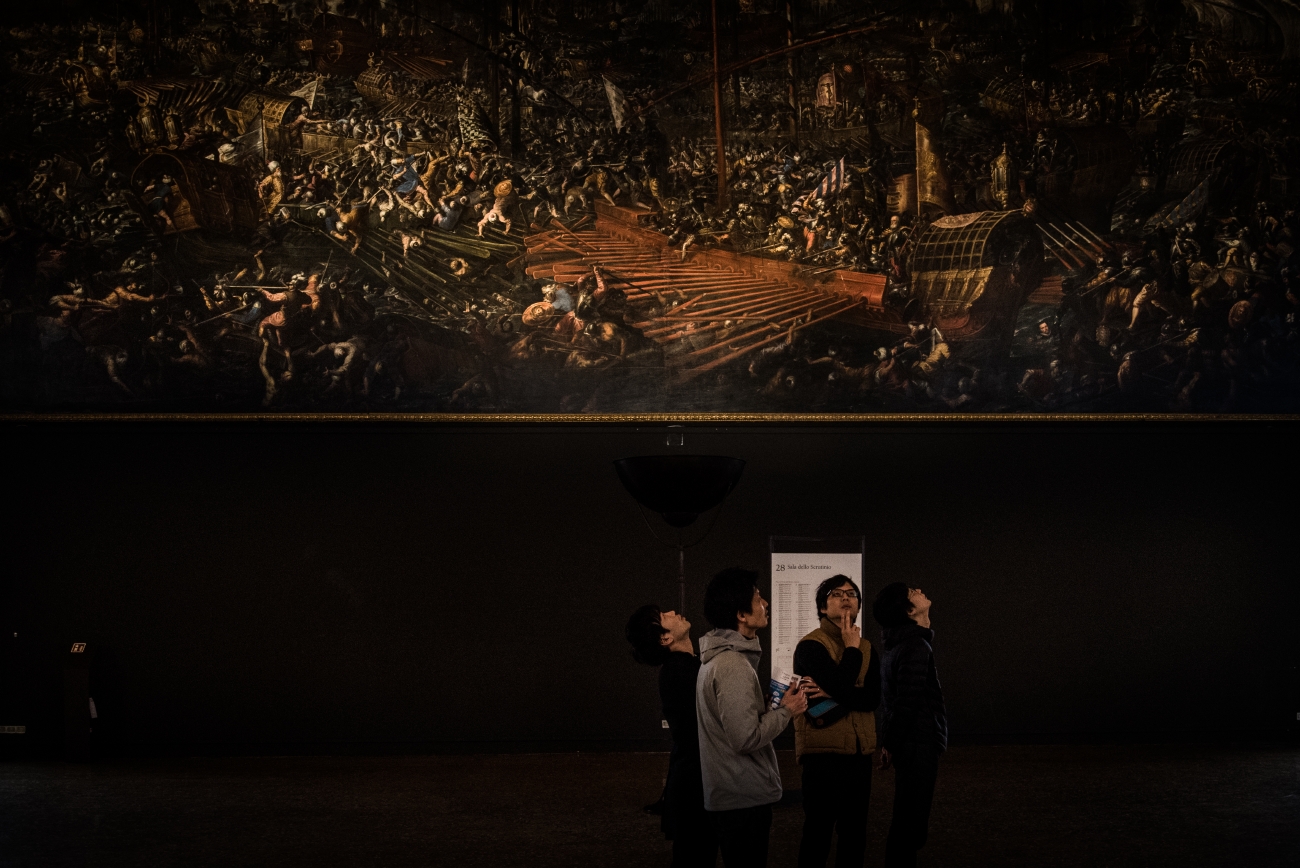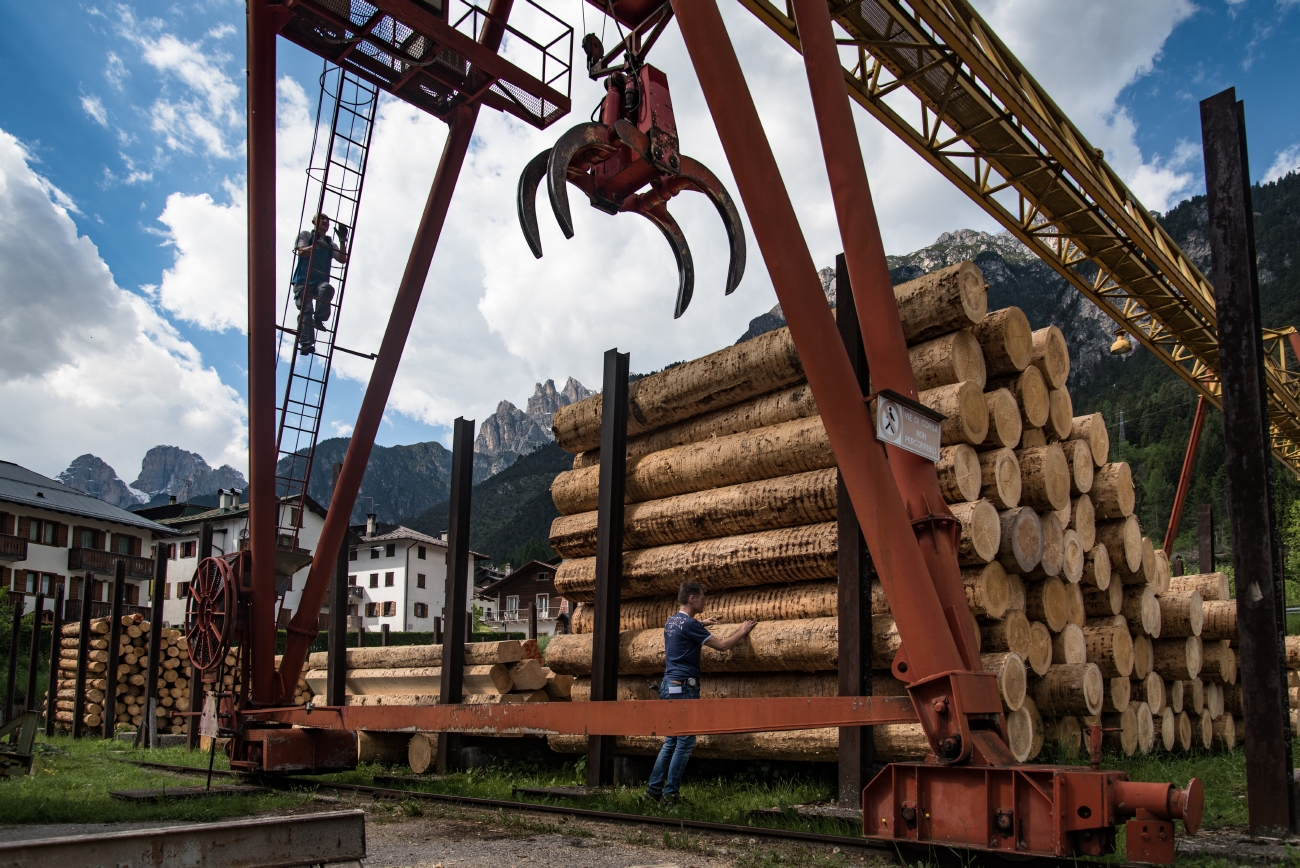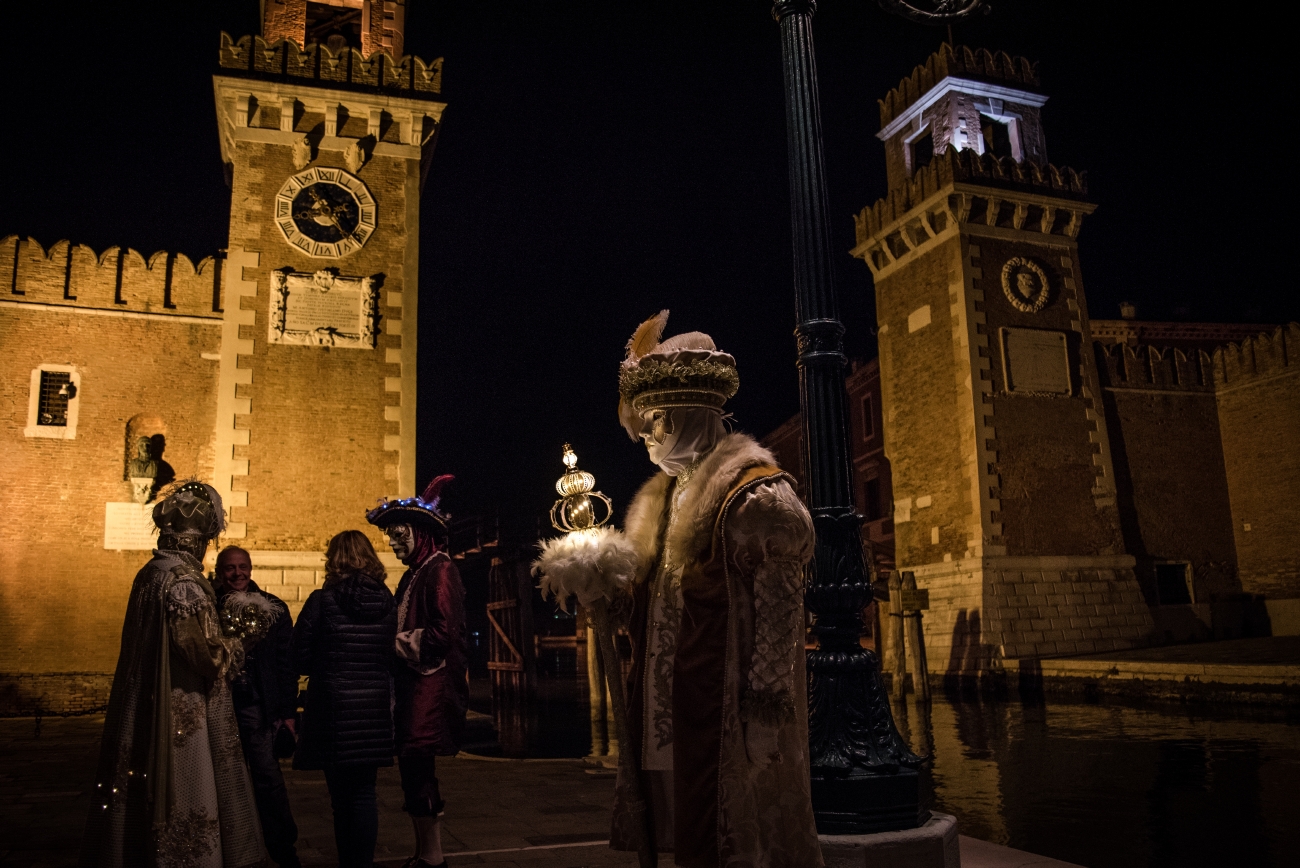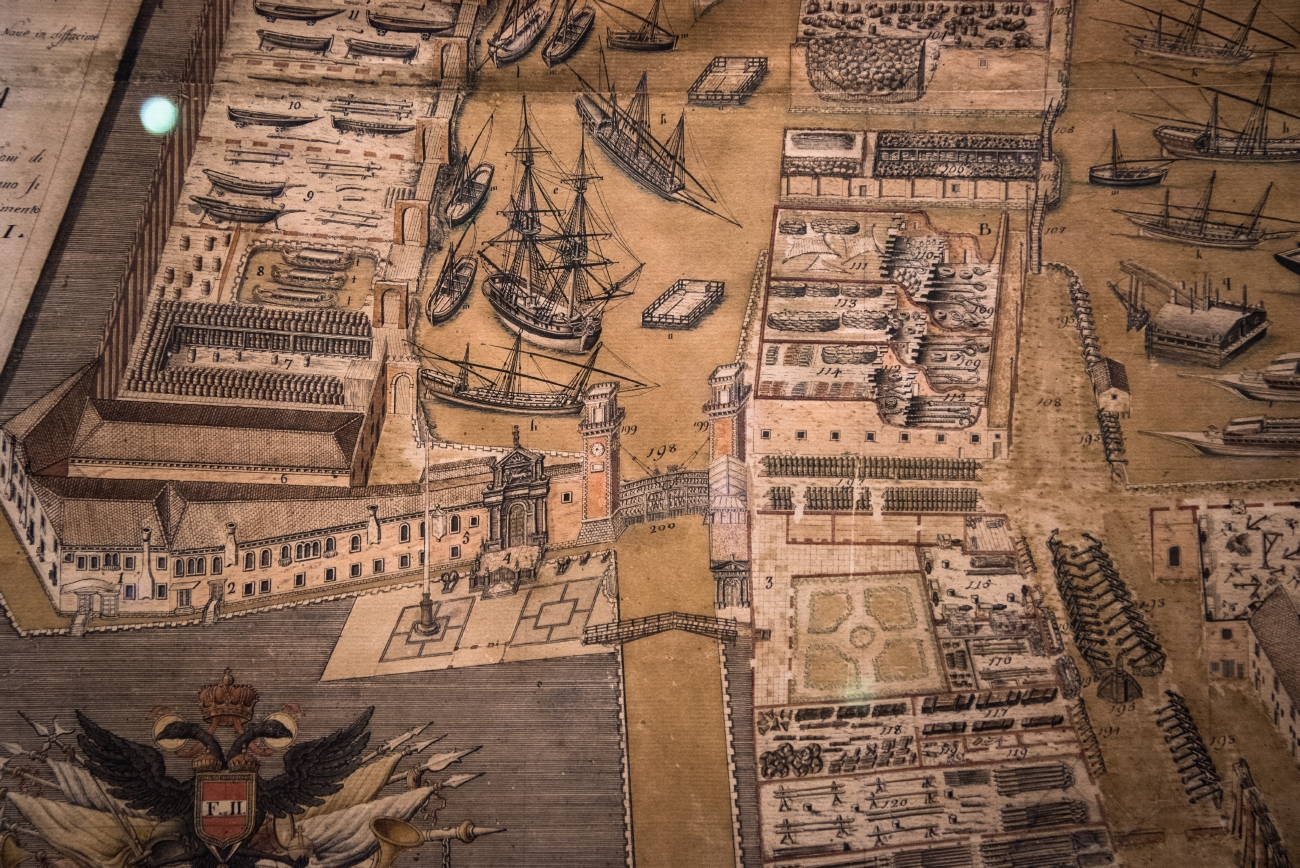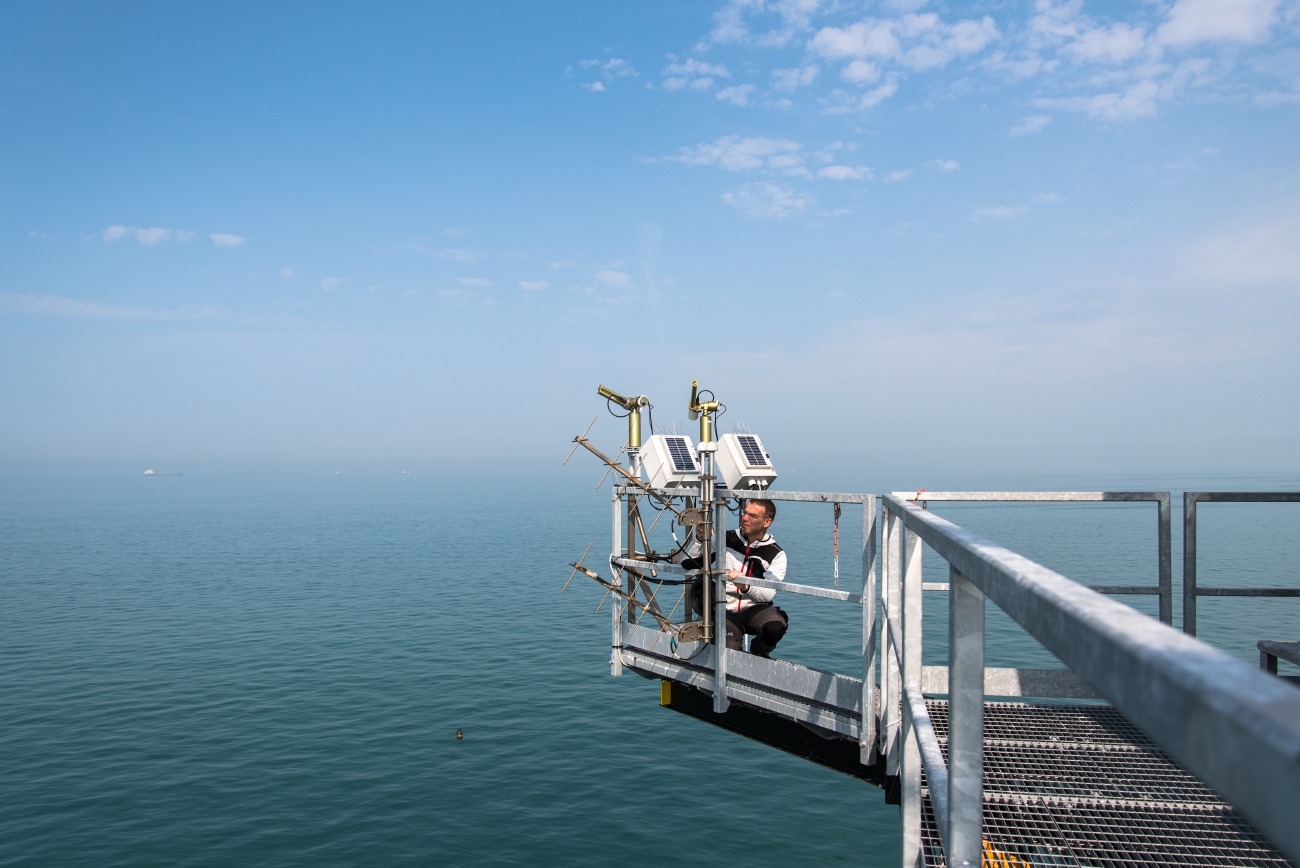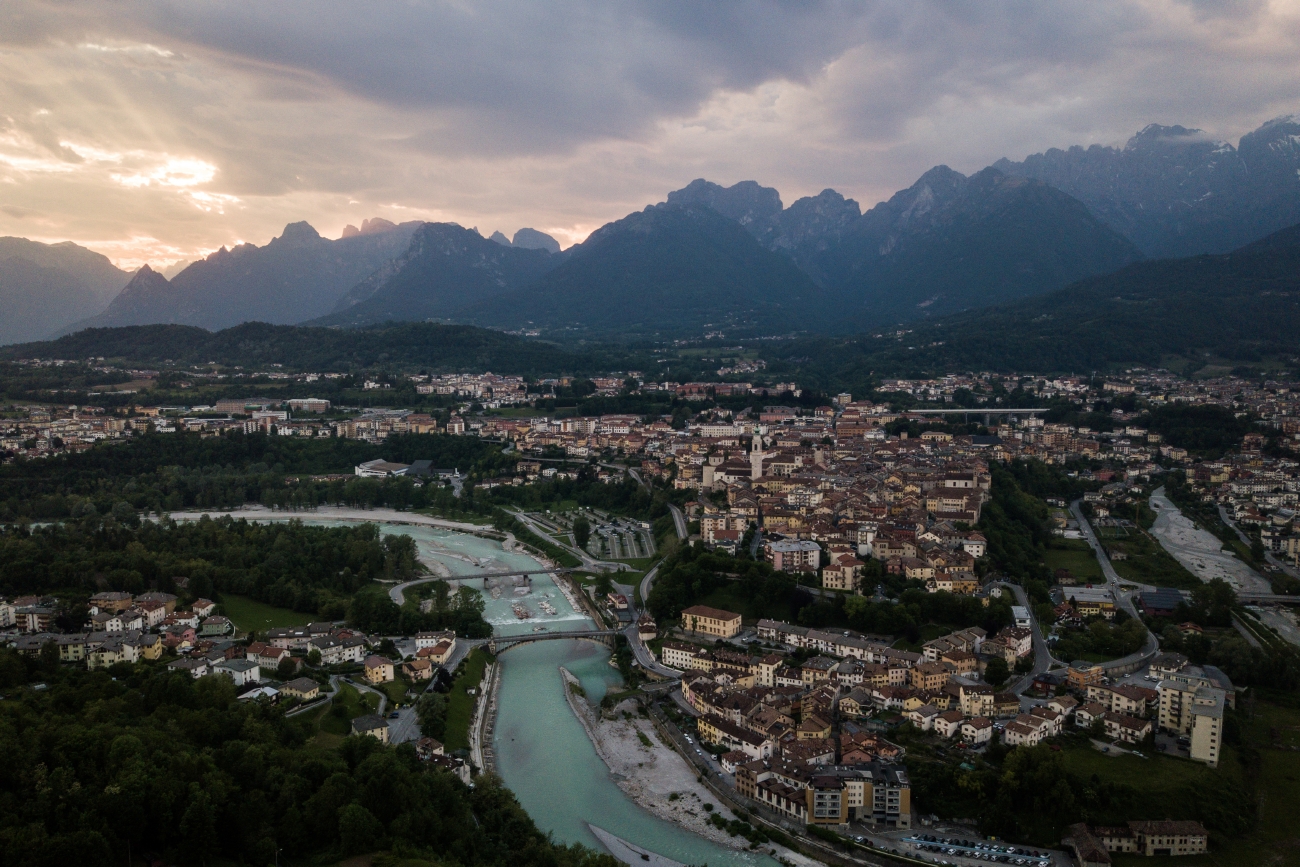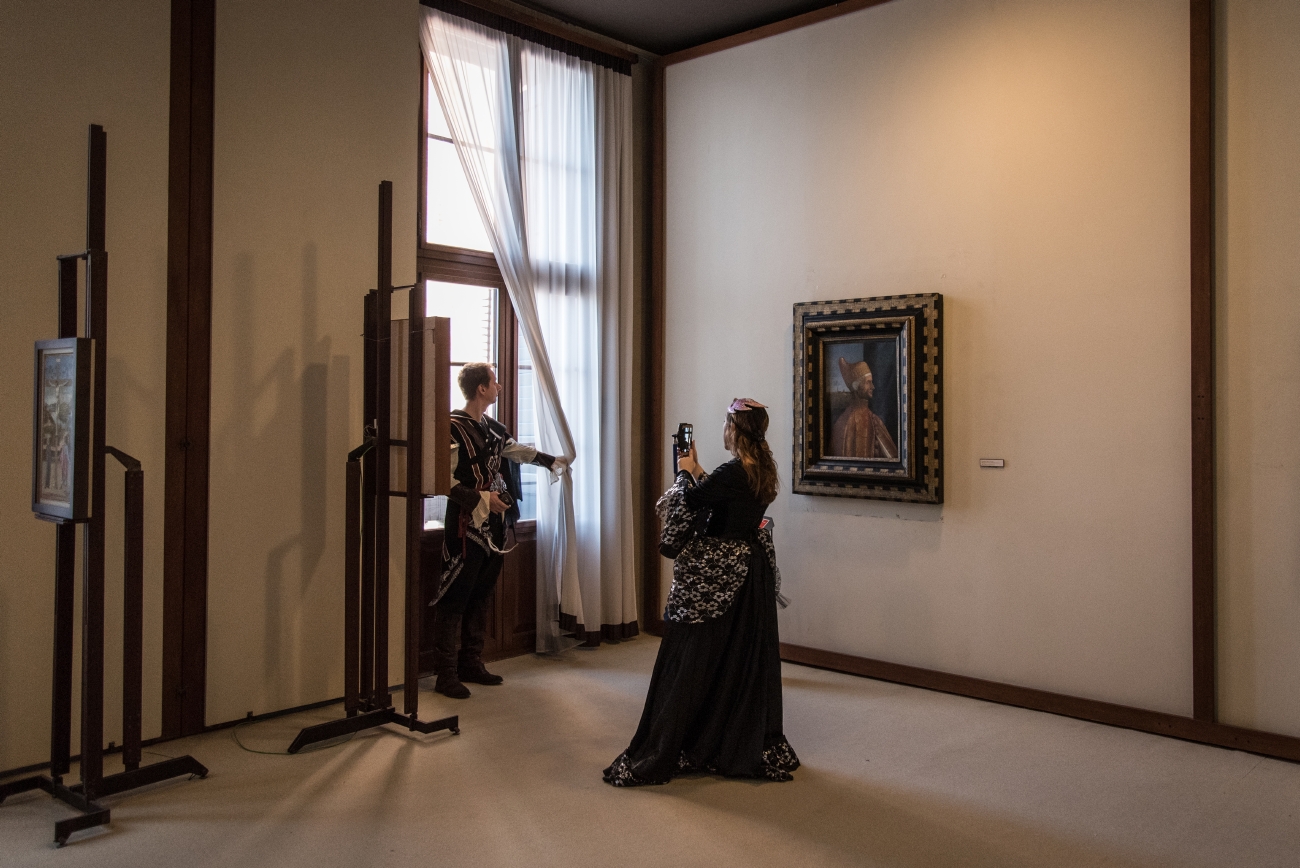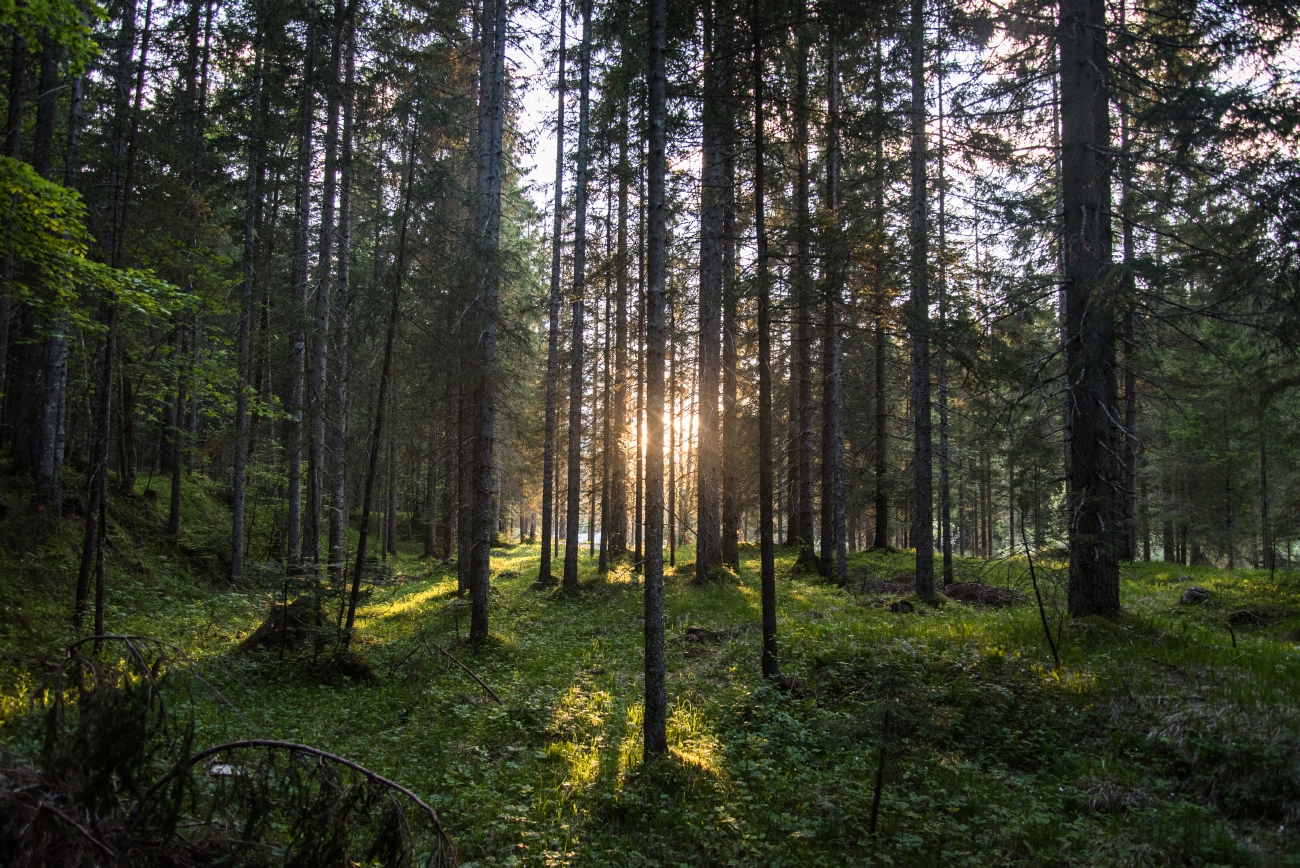The Secret Venice
Arsenale: the world’s first ever large industrial factory
Photo by Alessandro Gandolfi
In Venice the Arsenale is not just a magical space from another era. For centuries it was the most important and protected of sites. In a city without walls, even today it is the only place surrounded by high ramparts. Why? What is this monument hiding? When tourists stroll though the boatyards at the Art Biennale, they are unaware that they are, in fact, visiting the world’s first ever large industrial factory. The Venice Arsenale was the world’s first modern production facility, effectively anticipating the Ford model from the 1900s in its use of assembly lines, the division of labour, mass production and quality control.
That factory has already passed the symbolic milestone of 800 years – it was, in fact, created many decades earlier but the first official document that mentions the site is dated 1220 – and few know its real story. The Arsenale is linked to the most florid period of the Republic of Venice: four centuries between the 1300s and the 1600s during which the Republic, which possessed a secret naval fleet (disassembled but ready for use), conquered the routes of northern Europe and stood up to the Ottomans in the Mediterranean (the Arsenale played a determining role in the Battle of Lepanto in 1571).
(2019)
Spanning a vast area of almost 50 hectares, the Arsenale, which is mentioned by Dante in The Divine Comedy, employed between two and four thousand people, a figure that reached ten thousand if including indirect employees. If required, it could produce three large ships a day. The site included warehouses, weapons deposits and boatyards for both commercial and naval vessels.
But its story reaches far beyond Venice: the Grande Arsenale, which was more like a state within a state, stretched all the way to the oak woods of Montello, in the province of Treviso, and to Somadida in Cadore, where the timber was collected from tall trees for the construction of the ships, and the plains of Emilia in the Bologna area where hemp was grown for use in ropes and caulking. All of which was transported to Venice via waterways.
